Women Singing by Puzant Godjamanian circa 1958
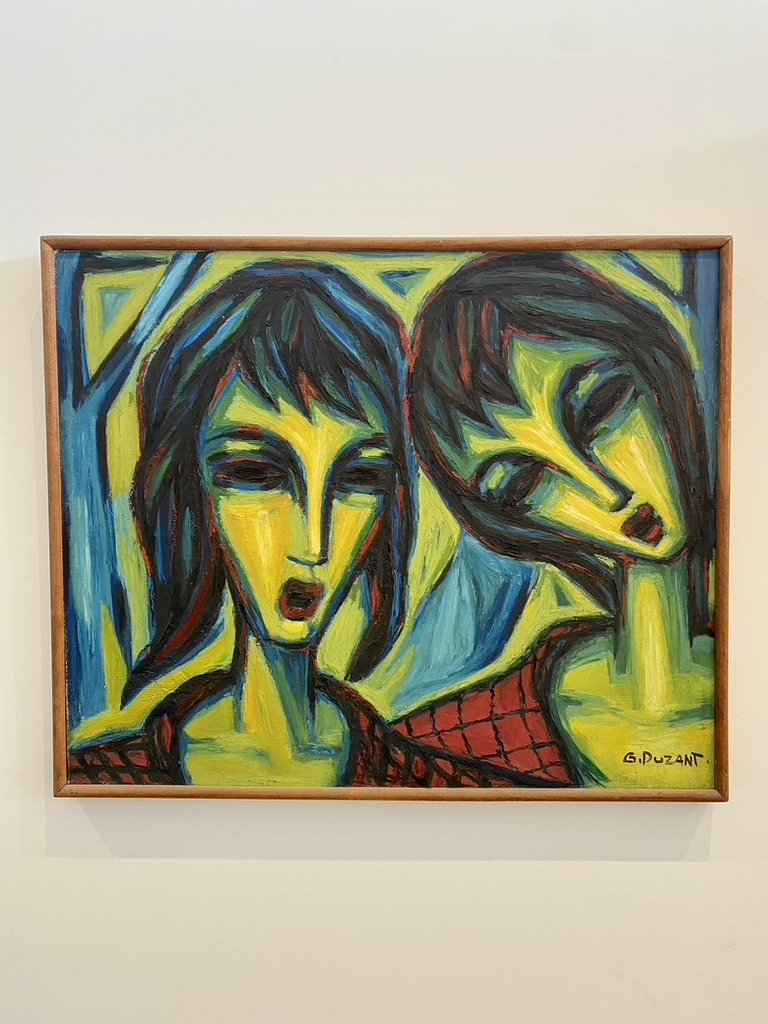
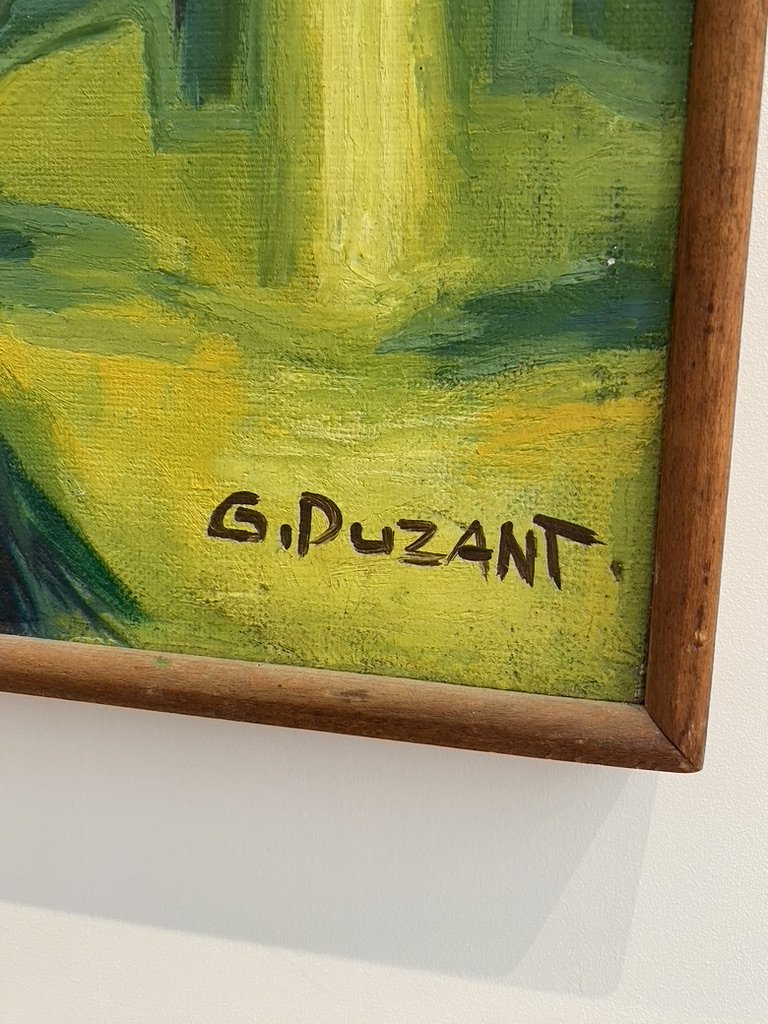
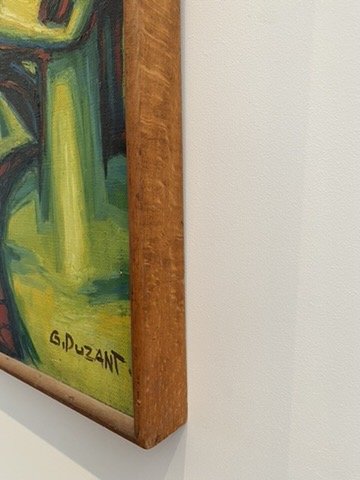
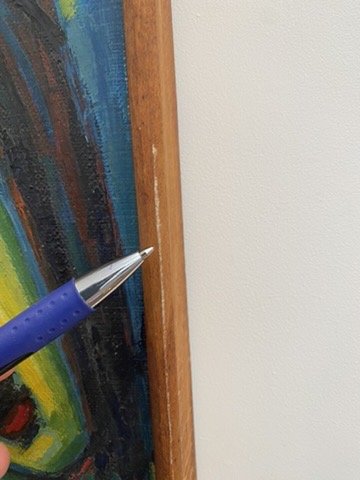
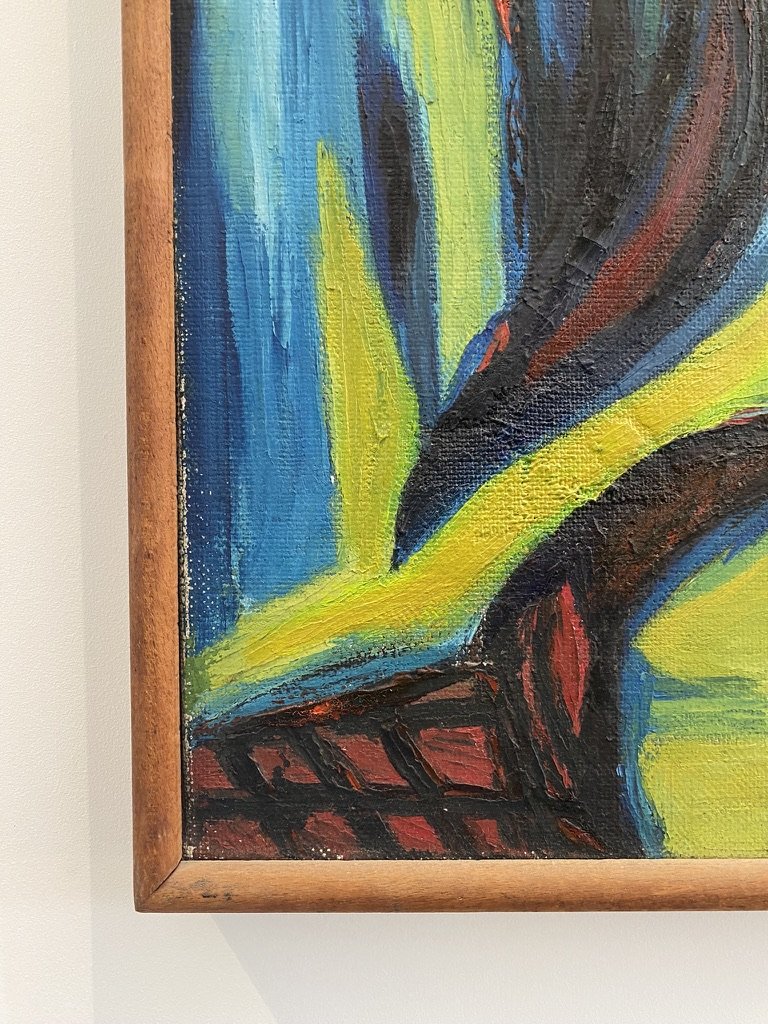
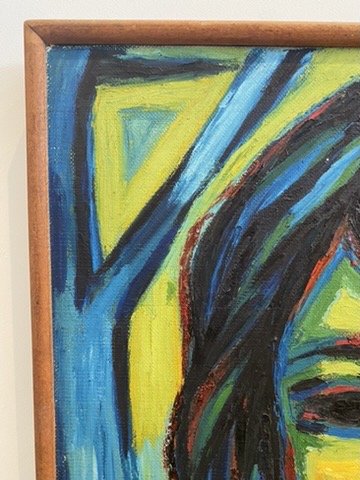
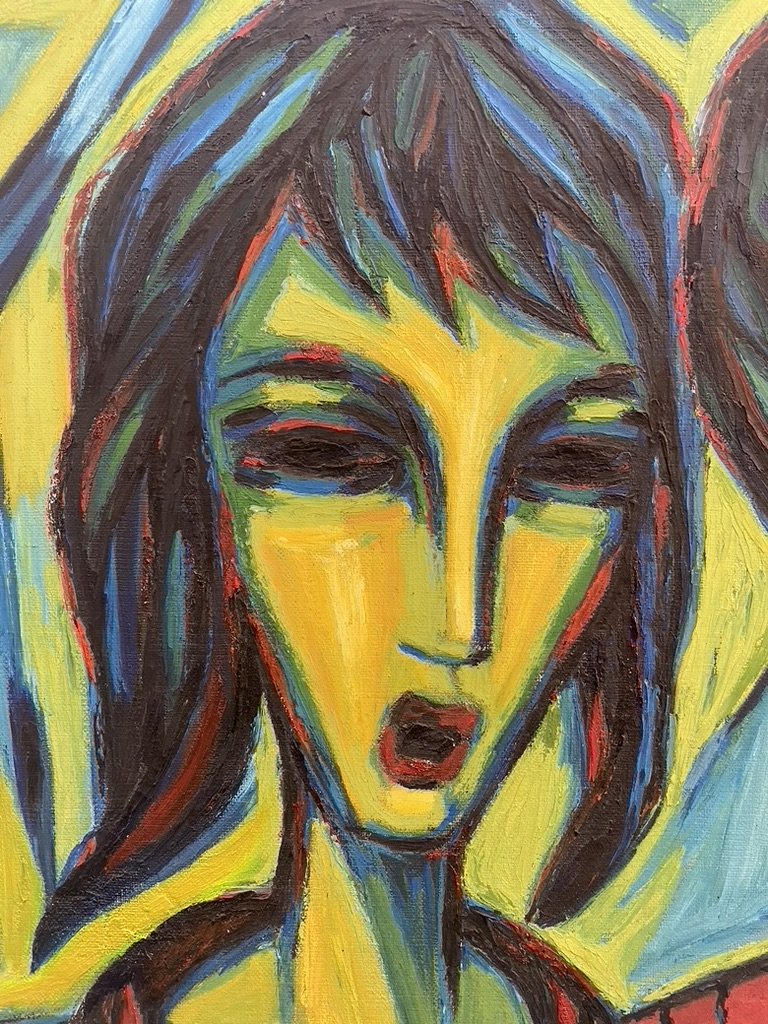
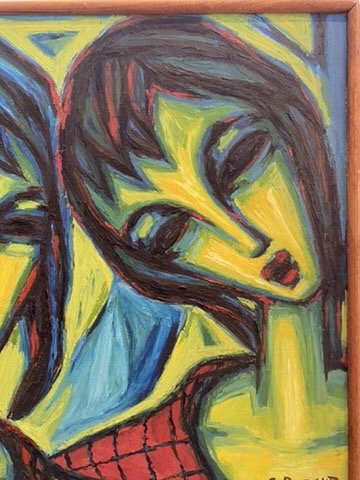
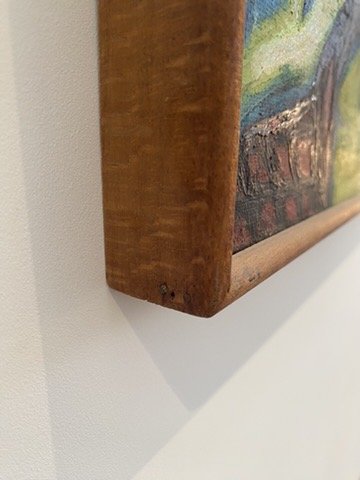
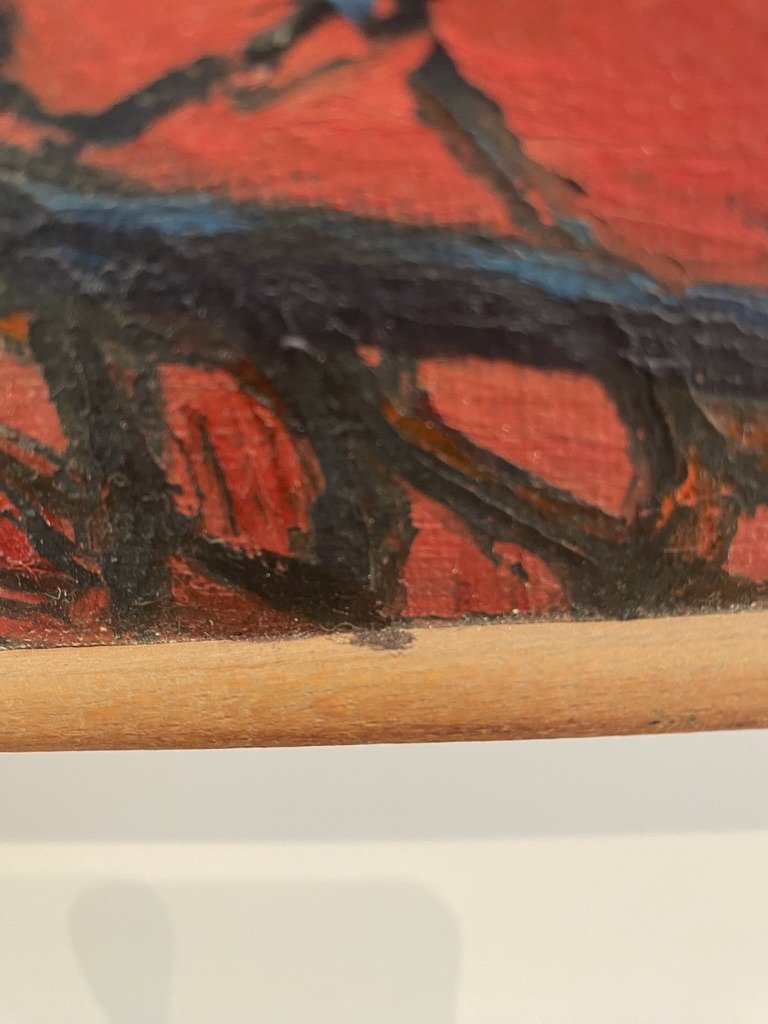
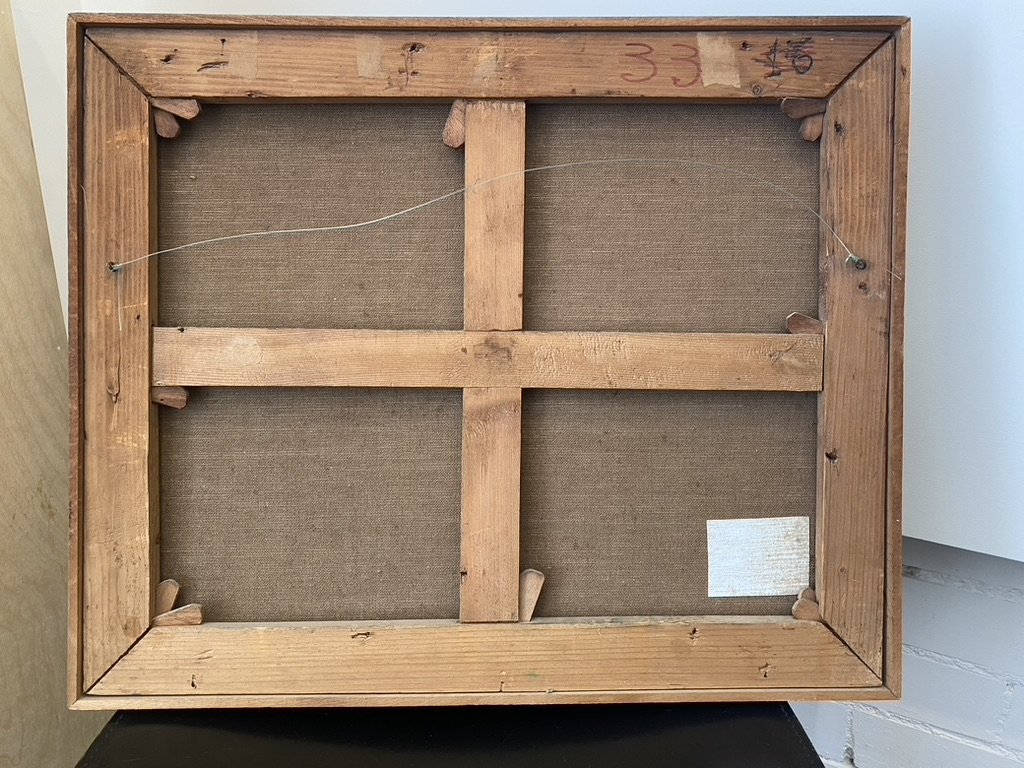

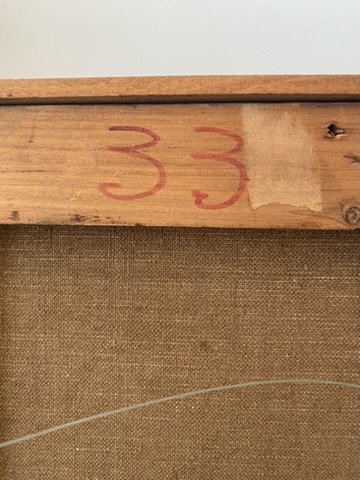


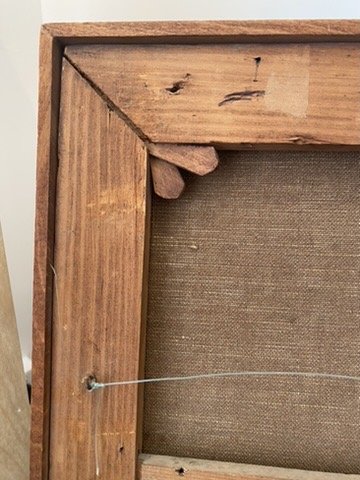
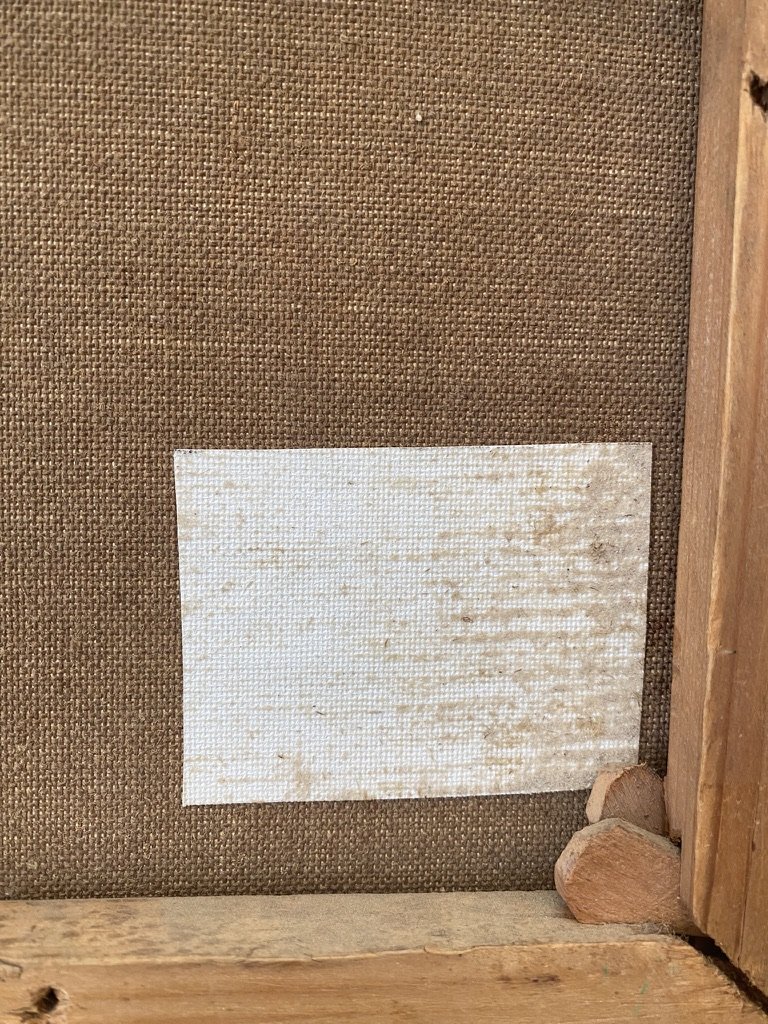
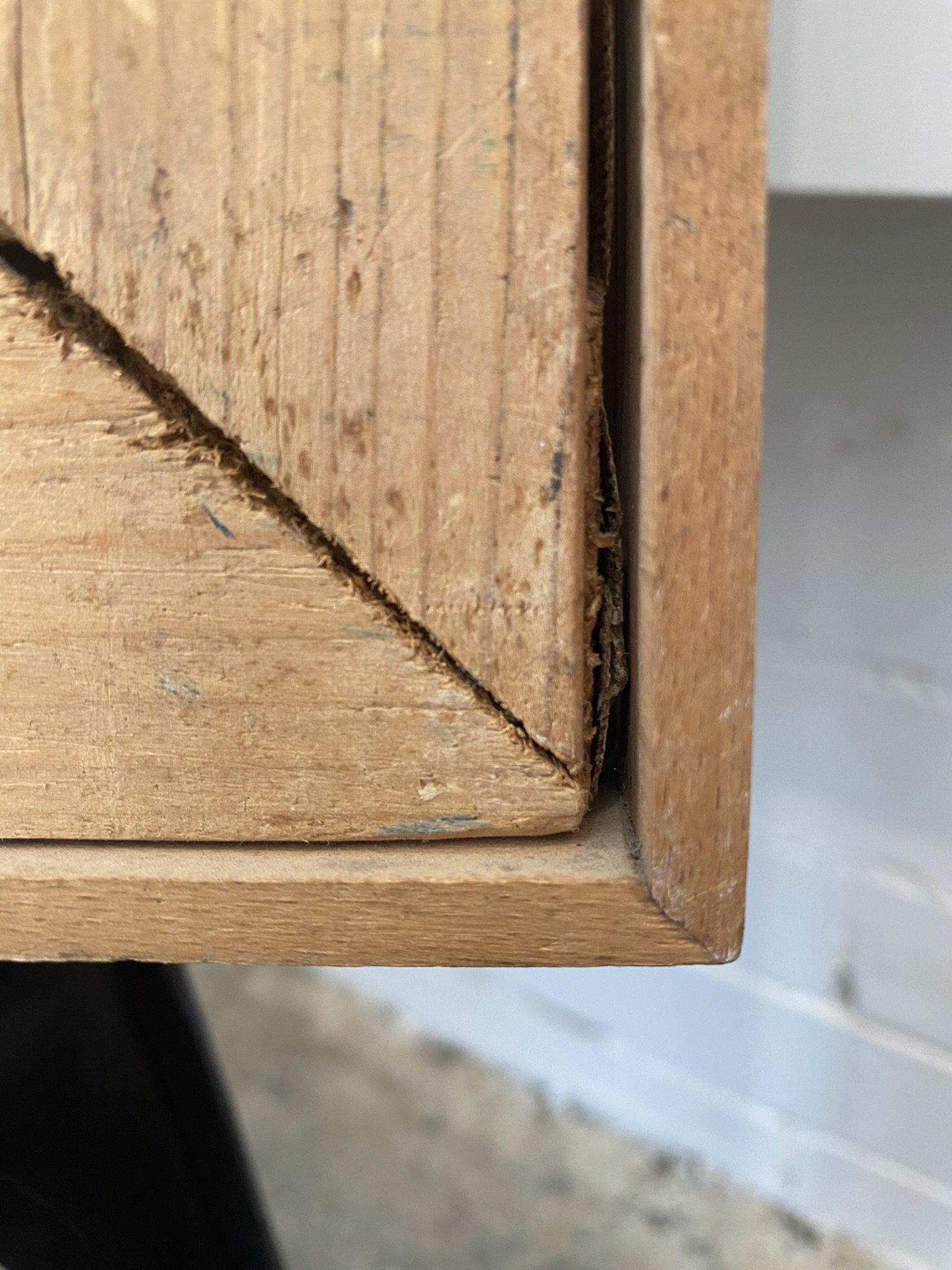
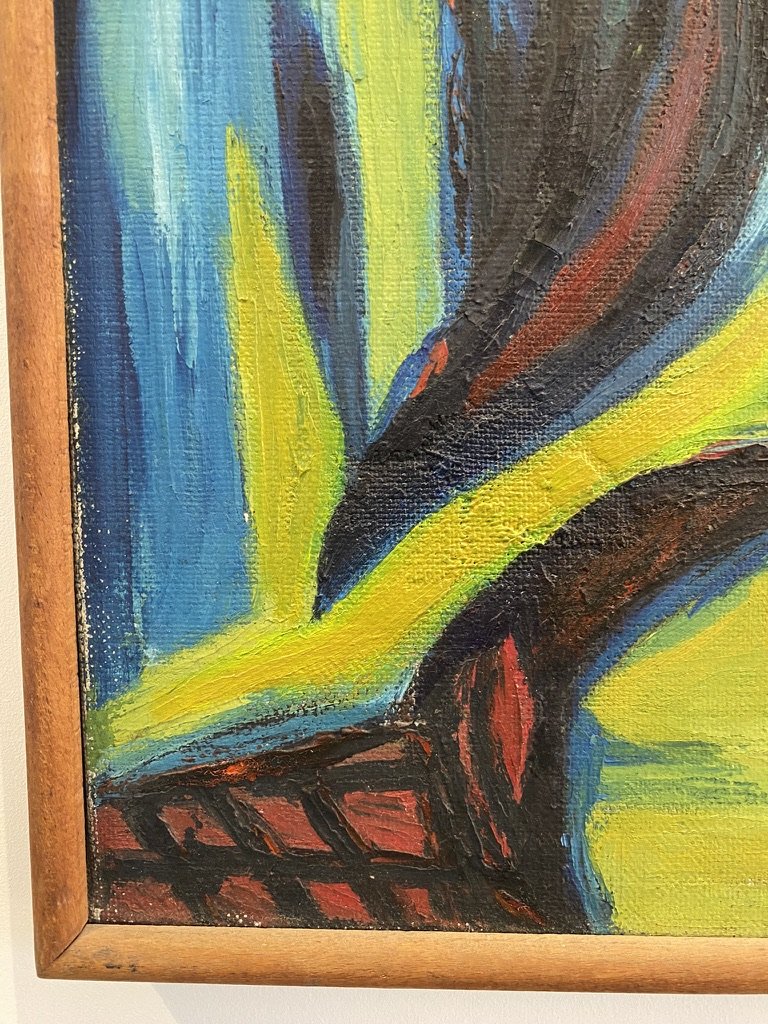
Women Singing by Puzant Godjamanian circa 1958
An original oil on artist's linen over cedar stretcher with original cedar frame. An early work of Egyptian modernism by master of colour, Puzant Godjamanian.
A culturally important work, this was recently found in Melbourne, Australia. The previous owner purchased it at a garage sale in the Melbourne suburb of Coburg. This was an area of postwar settlement by Lebanese, Levantine, Egyptian and Greek migrants. Unfortunately, the specific provenance of the work has been lost.
Most likely purchased from the artist in Cairo, some time in the late 1950s or early 1960s, and brought to Melbourne with family possessions. Possibly acquired on a visit home by an Egyptian or Lebanese migrant.
An exceptional work by an artist of extraordinary talent and resilience, and of cultural importance to the Armenian diaspora.
The extraordinary life of PUZANT GODJAMANIAN (1909-1993)
Born into a large Armenian family in 1909, Puzant was raised in Trabzon, Northern Turkey. The village sat between the mountains and the sea, in what was then still the Ottoman empire.
In 1917 his family was killed in the Armenian genocide. He was eventually transported among tens of thousands of Armenian orphans to a refugee centre on the Greek island of Syros. Here his artistic talent was noticed by teachers and he was sent to an orphanage in Athens to further his education.
The Armenian General Benevolent Union archive states that, "There he studied the preliminaries of art under a qualified Greek artist and teacher called Lucas Yeralis (1870-1958), who also introduced him to Byzantine art, which later became one of the most important sources of his expressionist style",
This Byzantine influence is clear in the painting offered here, in the shape of the heads and faces, with long, narrow features, larger eyes and the poised stillness of the figures, facing the viewer though they are interacting.
On his reaching adulthood, Pusan was resettled in Cairo, where he worked at a printing press. Here he developed his own style, which was now strongly influenced by the German Expressionist movement.
The work offered for sale here dates from the the late period of his life in Cairo, where he was part of the vibrant art scene, exhibiting with other artists and finding patronage and success in a burgeoning post-war Egypt.
He came to the attention of King Farouk and of the French art critics who patronized the art scenes of Northern Africa. His work was recognized in critical journals of the 1950s and 1960s. This period established his reputation as a colourist and a modernist.
Puzant, ever pushed by the currents of regional politics, later moved to Lebanon and eventually the US, continuing to develop his unique style.
Poignantly, the works of his later period explore his roots, often featuring mothers and babies or scenes of women singing in forested landscapes, reminiscent of the landscapes in which he grew up. These later works are gentler and more delicately coloured, dreamlike and tending towards symbolism.
This exceptional work of Egyptian modernism, of powerful execution and bold color, are emblematic of Puzant's middle period.
Throughout Puzant's work, the definitive character of his Armenian cultural heritage can be felt. In spite of the influence of his Egyptian peers, his sense of identity and his belonging to a specific place and people always shine through.
CONDITION:
In images provided see an existing patch repair made to the reverse of the canvas, bottom right corner. Patch 5cm x 7cm, next image is of the area on the front of the painting that corresponds. There has likely been a repair here, not obvious.
MEASUREMENTS: